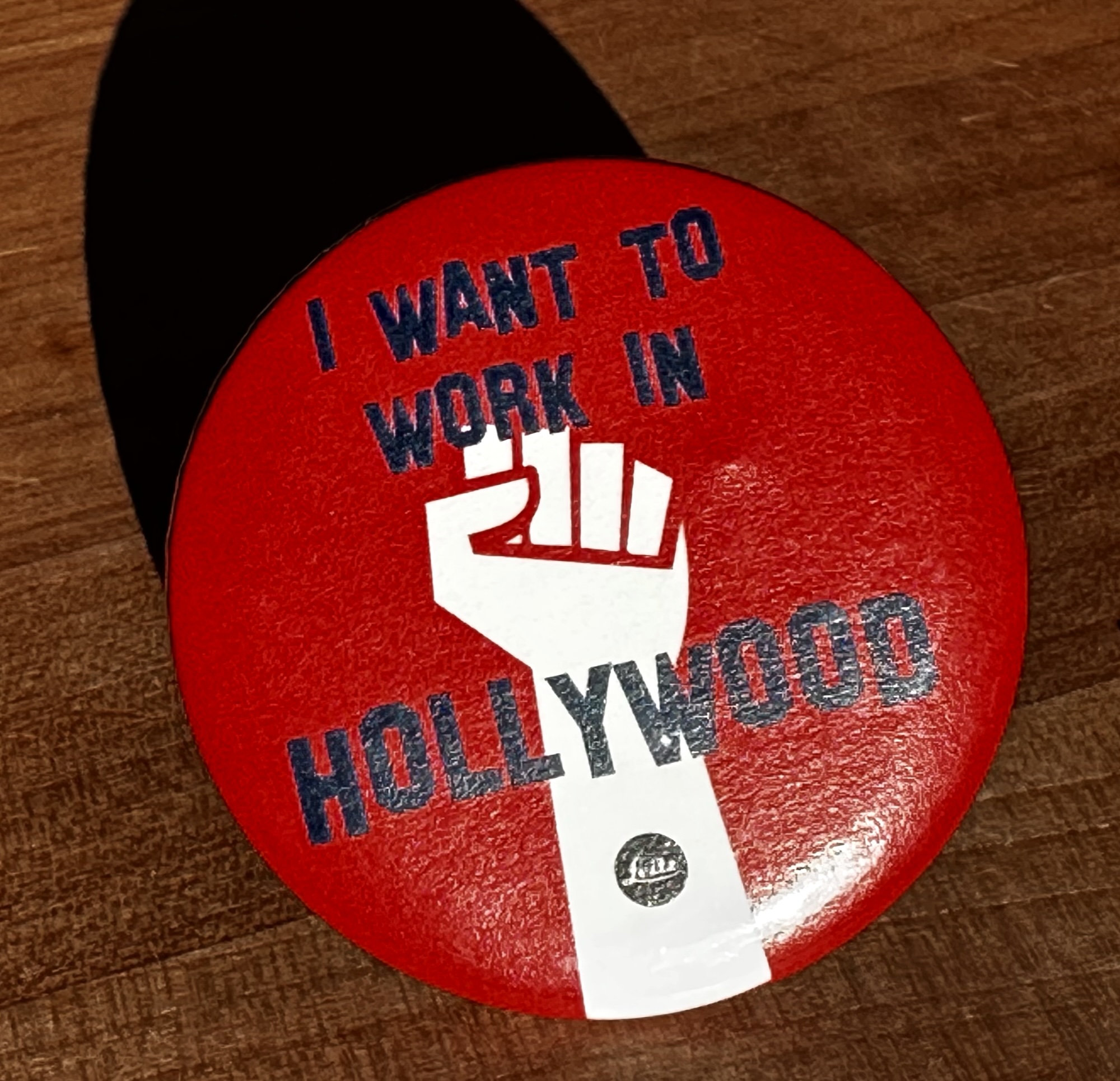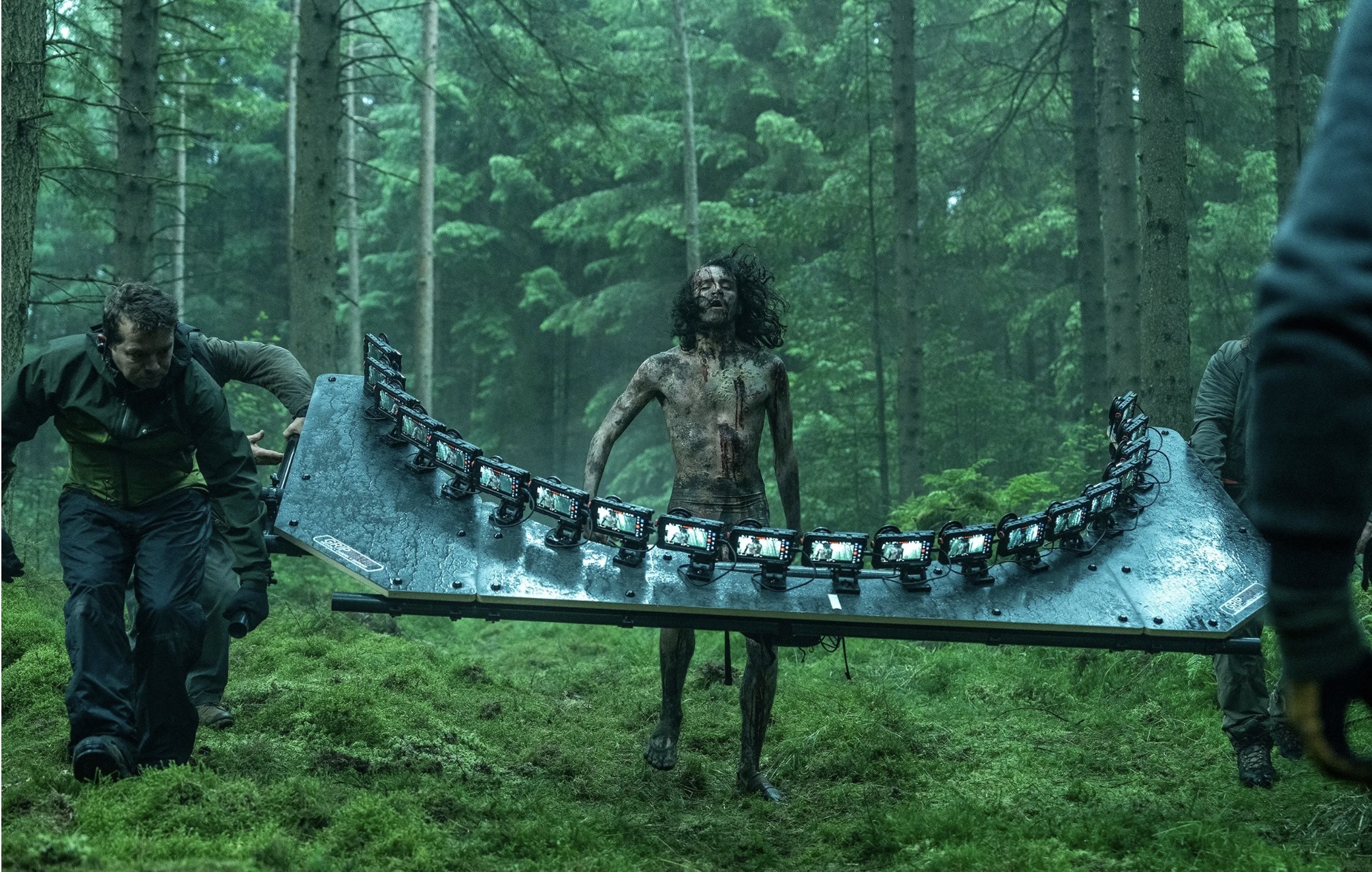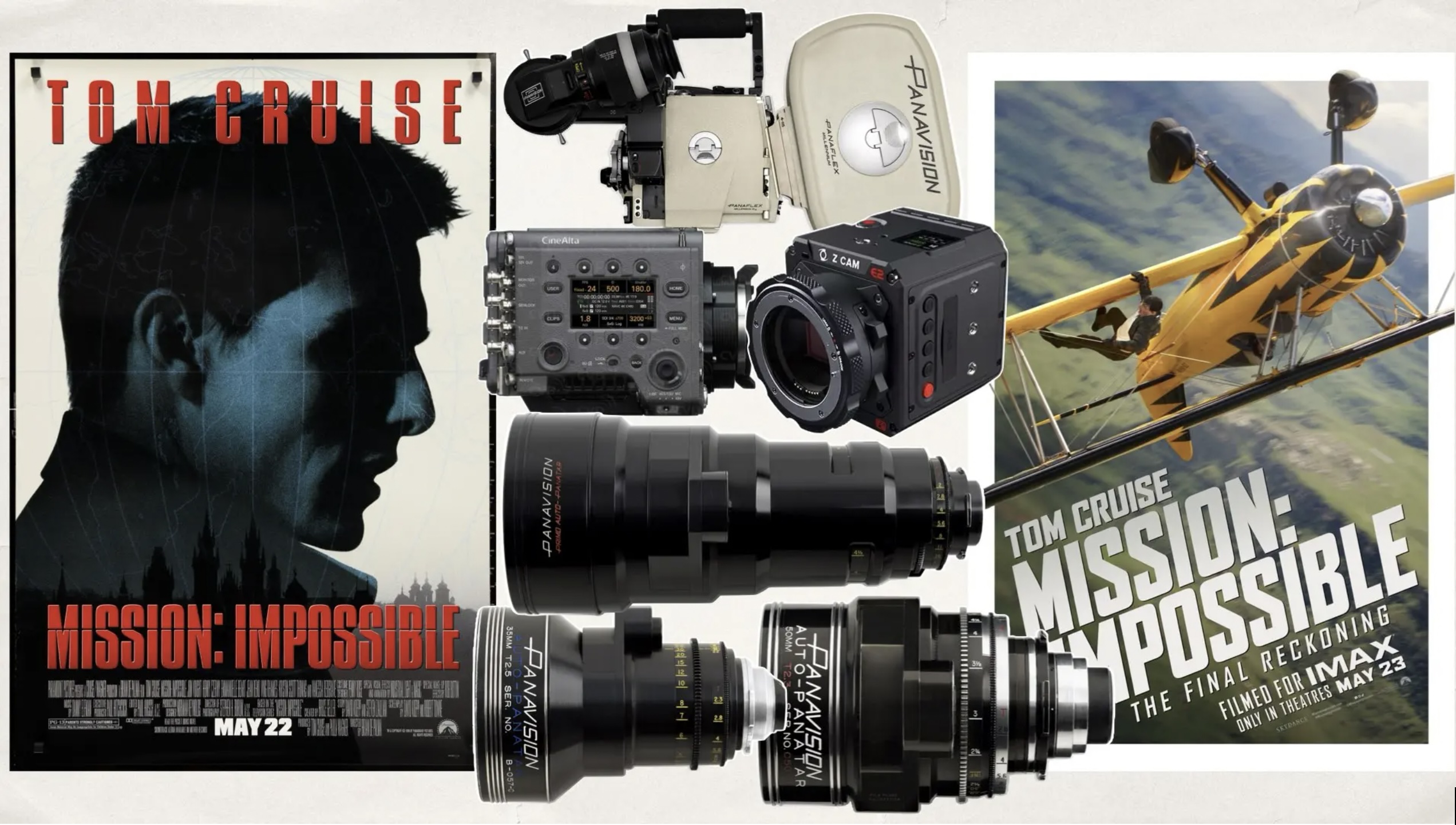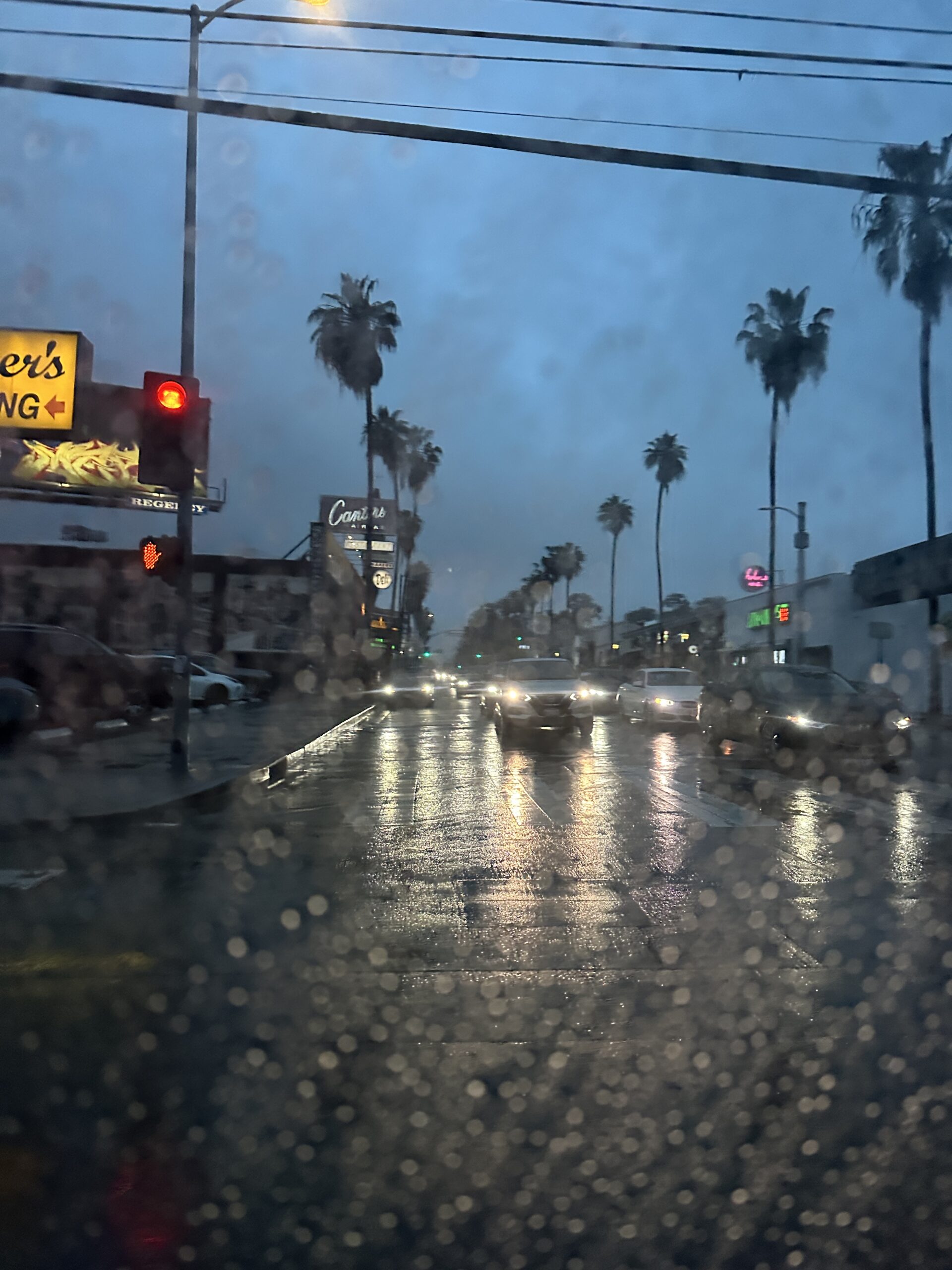BBC Digital Media Initiative
BBC har nu formulerat sin digitala strategi inför de kommande åren och bl.a. redovisat på vilka videoformat som de kommer att använda. Ordet är ”tapeless production”
Läs här en kort rapport från filmfotograferna Sean Bobbitt, BSC och Matt Gray, som deltog i ett möte med BBC, samt se länkar till mer information och lyssna till en prodcast från hela mötet.
May 12, 2008, BBC Television Centre.
Attended by: members of BBC Drama Dept, representatives from outside post production and two freelance DOPs. Sean Bobbitt BSC and Matt Gray.
The film and television industry is rapidly changing and a recent internal meeting on the BBC’s long term digital strategy revealed a key part of this change and discussed ways in which this will affect Vision Productions in the future.
The BBC’s DMI (Digital Media Initiative) forms part of a multimillion pound digital vision which will include multi platform delivery systems, a digital archive storing the BBC’s content in file format, and a standardization of codecs. This vision was presented by Jon Attard the BBC’s Technology Controller of Vision Production & Technology Lead of the Digital Media Initiative.
DMI will have a phased roll out across production areas starting with children’s, NHU, and sport in the coming years to be followed by drama & comedy later in the project . The aim of plan is to simplify the workflow of all digital content, so that it can be easily accessed and used to produce a variety of different content. It’s aim is to allow programme makers the freedom not just to focus on linear television broadcast, but to be able to exploit their content for all platforms.
Adding and collecting Meta Data to content during the course of the production process simplifies the flow of information and makes it easier to create anything from webcontent to clips on mobile phones.
The expectation is that by standardising the digital file formats and by creating a digital end to end work flow, it will streamline the whole production process and eventually make it possible to store and retrieve all BBC content should the organisation so wish.
DIGITAL FORMATS
The future is ‘Tapeless’, therefore the latest industry debates revolve around the relative merits and quality of different codecs. Simply put; Codecs are the mathematical algorithms that are used to compress large amounts of (picture and audio) data into file formats. From the massive range of codecs currently available on the market, the BBC has chosen four , each of a different quality threshold, to store media in DMI .
The top end codec is AVC Intra 100, a 10 bit , 100mega bits per second 4.2.2. 1080 50p which is a member of the H264 family of codecs. From this codec the BBC intend to extrapolate MPEG 2 for SD(standard Definition) broadcast, MPEG 4 for HD ( High Definition) Broadcast and other standards for web, mobile phones, DVDs etc.. Panasonic, with their P2 format, are the only manufacturer that currently produces a camera that complies with this technical spec. The BBC hopes that over the coming years, other manufacturers will include this codec as part of their specified options. It was not made clear if this is an open source codec or if its use is dependent on the purchase of a license.
In the course of the presentation it was reiterated that Super16mm film was not a high enough quality format to be used for HD Productions, indeed on Jon Attard’s chart of image quality, Super16 was classed below DVC Pro100.
DIGITAL WORK FLOW
In the (not too distant) future, the BBC’s vision will mean that your rushes would leave location in some form of solid state hard drive and be transported to a digitization station, (DS), in the same way your film rushes travel to the lab. At that DS the rushes would be entered into the digital system in the form of an uncompressed master and a low resolution copy will be generated so that the production team can view rushes, begin desktop logging and start editing.
Once fully downloaded the rushes would be erased from the portable hard drives and those drives returned to location for reuse.
The programme makers could then access their material via a ‘Work in Progress Area’. In some cases they are then able to rough cut their material before transferring it to a craft edit where they can post produce in a similar way to how wide areas of Children’s and Factual already do, on Final Cut Pro FCP.
After the content has been edited, the various versions can be generated, transferred to the Digital archive and ultimately distributed across different platforms. As more departments become compliant, they will all work from , and add to, this central ‘Digital Archive ’. All material from this database will be made accessible to elements in the production and transmission chain. This includes all the new forms of access to BBC content – BBC iPlayer, broadband, mobile phones, DVD, Blue ray etc.
A GRAND DESIGN
The BBC’s Creative Future strategy of multiplatform delivery is daunting in its scope and complexity. While it is reassuring to see some attempt to begin to standardize the runaway and fragmenting HD market and provide a vision for the future, many serious questions will have to be answered over the coming months. It has enormous implications for all who work within British television and will spark debates that we should begin to understand and be part of if we are to help maintain traditional skills and control the quality of our work throughout all platforms
.
Written by Matt Gray, Director of photography





